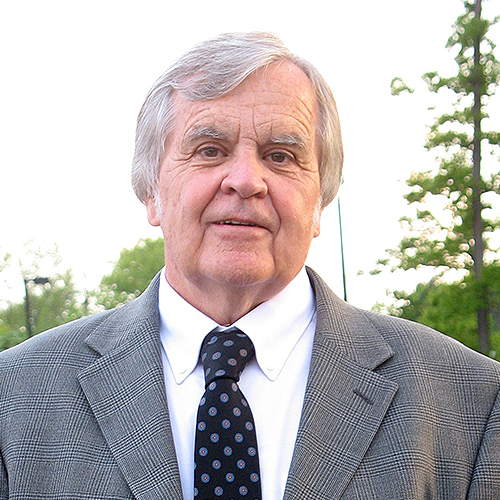Updates
Ramsey Gets Busy with Skidmore Retiree Grant
by Jon Ramsey, former Dean of Studies

What a great career capstone this turned out to be. The faculty and staff associated with the UCSB Writing Program were wonderfully talented and dedicated to the several thousand students who enrolled each year in a huge range of general writing courses, courses centered on writing in the various disciplines (including engineering), and writing for different professional fields (for example, journalism, the health sciences, magazine writing, technical writing, legal writing, and writing web content). While I taught some introductory courses for first-year students and humanities writing for juniors and seniors, I became increasingly attached to UCSB's heavily-subscribed business writing courses.
I had done a great deal of business-related writing as a Skidmore administrator; however, the challenge of teaching business writing made me step back from the writing tasks in which I had been immersed for over twenty tears in order to think systematically about the many writing genres, purposes, and strategies I had learned in great measure from my inspired Skidmore colleagues. Eventually I felt armed with a much more organized understanding of effective practices in business writing (as well as a deepened appreciation for writing that goes terribly wrong).
So, what was the next step? I started to create an undergraduate text book titled "Business Writing Scenarios: Writing from the Inside." It's based entirely on business scenarios or situations that students are likely to encounter in their professional lives. I didn't want just to teach students how to compose brief informational pieces but rather to focus on the complex questions of tone, purpose, and strategy that shape many professional communications. And the students would need to imagine their way inside professional roles they had not yet experienced--for example, the perspectives of an effective HR director, of a CEO or CFO, and, yes, even the role of a college president. The book is in its final copyediting stages with Bedford/St. Martin's (now owned by Macmillan) and is promised for February 2016, maybe in time for my 74th birthday.
Thanks to Skidmore's generosity through a retiree grant, I was able to attend the Association for Business Communication conference hosted in May of 2015 at the University of Southern California. The seventeen conference sessions I attended both confirmed many of the approaches I have taken in the book and helped me refine two of the chapters. Of special interest to me were the panel discussions of ESL students in the business writing classroom and, more broadly, of the diverse values, language abilities, and communication customs that both US-born and international students bring to the college and university classroom. I was pleased to see that the presenters and panelists had found the cultural, linguistic, and socio-economic diversity of their classrooms much more rewarding than daunting. I was also interested to learn more about current communication technologies that influence students' understanding of text-based and visual communications--yes, texting, tweeting, blogging, skyping, and the use and abuse of PowerPoint and Prezi software, but also the "selfie" as an aspect of work force communication. The Skidmore Retiree Grant brought me deeper into this melange of communication modes well known to our students and increasingly a dimension of our teaching.